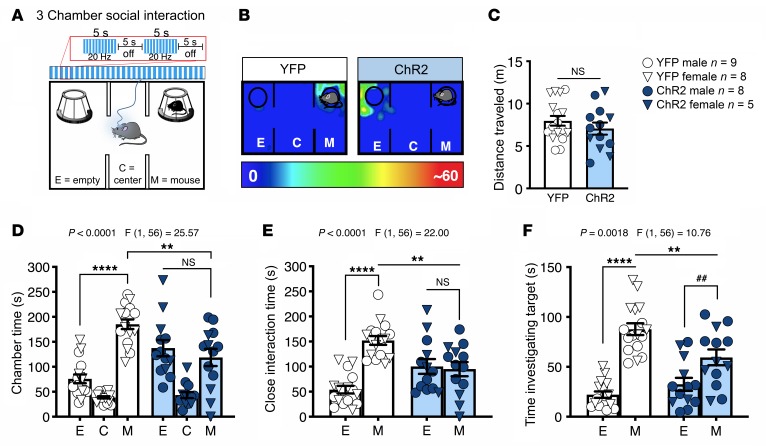Figure 1. Activation of BLA terminals in the NAc decreases sociability.
(A) Three-chamber SI task and optogenetic stimulation protocol. Animals were continuously stimulated during the 5-minute test using a 20-Hz pattern (10 mW, 5 seconds on and 5 seconds off). (B) Representative heatmaps of chamber time in a ChR2-expressing and YFP-expressing control mouse. (C) Optogenetic stimulation of the BLA-NAc circuit did not affect distance traveled (NS, P = 0.3224). (D) Animals that express ChR2 showed reduced social preference (**P = 0.0010, ****P < 0.0001, and NS, P = 0.5565), (E) decreased close interaction time (**P = 0.0011, ****P < 0.0001, and NS, P = 0.9353), and (F) reduced time investigating, or sniffing, the target mouse compared with animals that express YFP (M-M **P = 0.0026, E-M ****P < 0.001, and ##P = 0.0071). YFP n = 17, and ChR2 n = 13 (C–F). Data analyzed via 2-way mixed-effects ANOVA followed by Holm-Šídák multiple-comparisons test (D–F) or unpaired, 2-tailed t test (C). P and F values for chamber × virus interaction shown in D–F.

